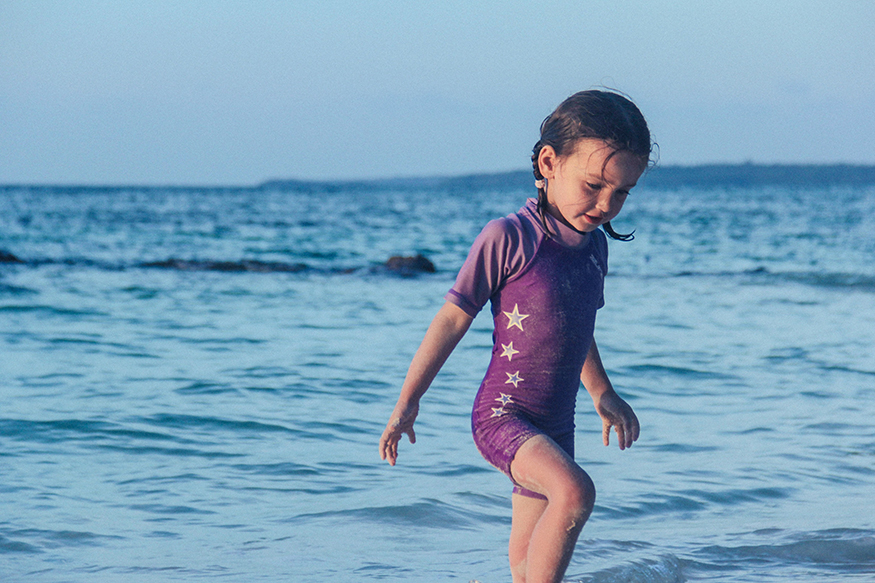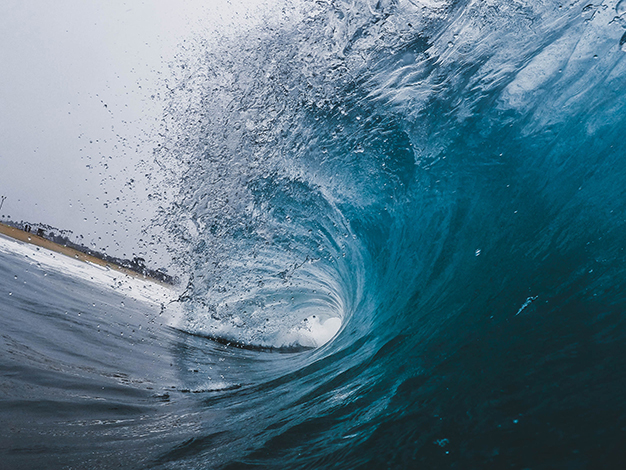Autism Spectrum Disorder (ASD) affects roughly 52 million individuals worldwide (Autism Spectrum Australia, 2017). Interestingly, aquatic activities and hydrotherapy have been shown to increase social interaction, confidence, and independence in children with ASD (Kumar et al., 2014). Unfortunately, drowning is the leading cause of death in autism. Autism and drowning has been studied to uncover why and how this occurs, and how these autism drowning statistics can be improved.
“drowning is the leading cause of death in autism…91% of all deaths for children with ASD between 2009-2011 were accidental drownings.”
As mentioned, drowning is the leading cause of death in autism. It is estimated that 91% of all deaths for children with ASD between 2009-2011 were accidental drownings. Shockingly, recent reports show that children with ASD are 160 times more likely to die from drowning than the general population of children (Gleeson, 2016). How can this be? What is the correlation between Autism and drowning? Several studies have been done worldwide to investigate why drowning and ASD is so prevalent, and what can be done to reverse these preventable autism drowning statistics.
Autism and Drowning: Wandering
It is thought that wandering behaviour is the leading cause of accidental drowning and ASD. An estimated half of children with ASD attempt to leave a safe environment, and that over a third of these children do not know their name, address, or telephone number (National Autism Association, 2017). Especially where water is near, wandering can be extremely dangerous for ASD children. Children with ASD like the visual stimulation of water, which can explain their attraction to it (O’Grady, 2017). This is hazardous when no supervision is near. Further, children with ASD can have irregular sleeping patterns, allowing them to wander while the rest of the family is asleep (O’Grady, 2017). It is extremely possible for these children to wander out of their homes, only to discover a nearby lake or river, or the unsupervised family pool. Preventative measures like pool gates, covers, and alarms can aid in reducing autism drowning statistics.
Lack of Generalization
Another potential reason why Autism and drowning is so prevalent is the lack of generalization skills (Gleeson, 2016). Even if a child with ASD learns how to swim, it is sometimes difficult for them to generalize these skills to other areas where they may not have been before, such as a nearby lake or river. Supervision around any body of water can help in reducing autism drowning statistics, as well as exposure to different beaches, pools, or rivers that the child may have access to. Exposure to different bodies of water could potentially aid these children in utilizing their swimming skills and learning to generalize them, potentially saving their lives.
“Even if a child with ASD learns how to swim, it is sometimes difficult for them to generalize these skills to other areas where they may not have been before, such as a nearby lake or river“
Lack of Perceived Danger
Another link between drowning and ASD may be the lack of perceived danger. Many children with ASD do not realize danger when they encounter it. It is common with more severe ASD to have a lack of judgment as well as intellectual impairments, thus increasing the risk for drowning (Gleeson, 2016). This means that these children may be attracted to the visually-stimulating water and not realize the dangers associated with it. It is therefore extremely important to ensure all pool safety measures are in place when there is no supervision, and keep an eye out for wandering.
Lack of Awareness & Services
Autism and drowning statistics are relatively unknown within the greater community (Gleeson, 2016). Many people do not understand the increased risk to drowning that ASD causes and are unaware that it is the leading cause of death in autism. It is therefore important that awareness programs be put in place to ensure the safety of children with ASD. Also, because of this lack of awareness, there also exists a lack of special services to teach swimming lessons and water safety to children with ASD (Gleeson, 2016). With awareness comes the requirement for action- water safety and swim lessons specialized for those with ASD are becoming increasingly mandatory to reduce these autism drowning statistics. The community, policy makers, and parents have the ability and responsibility to change these preventable drownings.
AquaMobile’s Dedication to Children With ASD
AquaMobile believes in contributing to the community by educating ourselves as well as others about the dangers of drowning and ASD. We believe that education and awareness is key to reducing autism drowning statistics. AquaMobile is proud to offer personalized, private lessons for children with special needs, including ASD. We hope to encourage parents and communities to participate in diminishing the autism drowning statistics, and promote water safety and awareness to all children. Having an experienced and qualified instructor teach your child is crucial in your child’s success in learning about water safety.
Book your child with ASD with one of our certified instructors today!
References
- Autism Spectrum Australia. (2017, March). What is Autism? Retrieved December 20, 2017, from https://www.autismspectrum.org.au/sites/default/files/Factsheet_What%20is%20autism_20170306_1.pdf
- Gleeson, E. (2016, September 23). ASD and Drowning. Retrieved
December 20, 2017, from
https://www.autismspectrum.org.au/sites/default/files/Factsheet_What%20is%20autism_20170306_1.pdf - Kumar, S., Mortimer, R., & Privopoulos, M. (2014). The
effectiveness of hydrotherapy in the treatment of social and behavioral aspects
of children with autism spectrum disorders: a systematic review. Journal of Multidisciplinary Healthcare, 93. doi:10.2147/jmdh.s55345 - National Autism Association (n.d.). Autism & Safety Facts.
Retrieved December 20, 2017, from
http://nationalautismassociation.org/resources/autism-safety-facts/ - O’Grady, K. (2017, June 9). Why Kids With Autism Are More Likely
To Drown. Retrieved December 20, 2017, from
http://www.huffingtonpost.ca/kathleen-oagrady/autism-drowning-deaths_b_17017768.html






